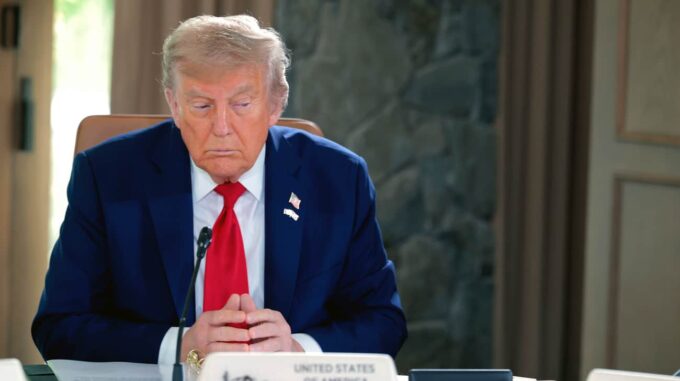Global Political and Military Hypotheses: What to Expect from NATO Summit in The Hague in a New Format

At the end of June, a NATO leaders' meeting will take place in The Hague, but this summit will become one of the shortest in Alliance history. According to sources close to the organizers, the event scheduled for June 24-25 will be held in an incredibly condensed format — lasting only 2.5 hours. This radical step is motivated by the desire to avoid conflict situations and prevent a repeat of dramatic incidents from the past. In particular, it refers to the experience of last year's G7 summit, when the then-U.S. President Donald Trump briefly and sharply ended his participation and subsequently expressed his discontent on social media, causing significant resonance in the global information space. According to the British publication The Times, the organizers aim to make this meeting highly focused on a single main topic — increasing the defense spending of NATO member countries. Under the new scenario, NATO leaders will gather for only one consultation session lasting two and a half hours, and the entire communiqué will be limited to a maximum of one A4 page with five short paragraphs. This stands in stark contrast to last year's document in Washington, which consisted of over 5,000 words and 44 paragraphs. Sources also add that in this case, the format and style of the summit are fully adapted to Donald Trump's personal communication style, which traditionally does not hide criticism of long diplomatic debates and values quick results. The reason for this change is the desire to avoid a situation where Trump prematurely leaves the meeting, leaving European partners in uncertainty. An important element of the agenda will be the discussion on raising military expenses to 5% of GDP for each NATO member country. To this end, specific proposals have been adopted: at least 3.5% of the allocated funds should be directly directed to military needs, while the rest should be invested in defense infrastructure and security. This goal is intended to be central to the summit's agenda and serve as a demonstration of Alliance unity and resolve. Regarding Ukraine’s participation in the event, Ukrainian President Volodymyr Zelensky received an invitation. However, this was more a diplomatic gesture aimed at avoiding unnecessary contact with Donald Trump at this event. A source in the President’s Office confirmed Zelensky’s intention to attend, but the final decision will be made on the eve of the summit, considering all circumstances and diplomatic nuances. Another important aspect is the revised wording regarding Russia in the final document. According to media reports, the final version again describes Russia as a "direct threat" to NATO security. However, compared to last year, when the Alliance used more assertive formulations, including regarding Ukraine’s inevitable accession to NATO, the level of rhetoric has decreased. The draft final documents do not mention the so-called "irreversible path" of Ukraine toward membership, which may indicate a more flexible diplomatic approach in this area. Thus, this summit has every chance to become one of the shortest and most concentrated meetings in contemporary NATO history. Its main goal will be to demonstrate a united front on increasing defense expenditures, focus on specific results, and minimize diplomatic contradictions. Meanwhile, events around Ukraine and Russia will shape the Alliance’s profile of changes, and the modifications in the format and style of the summit will highlight NATO’s determination to be as effective and resolute as possible in addressing current global challenges.

